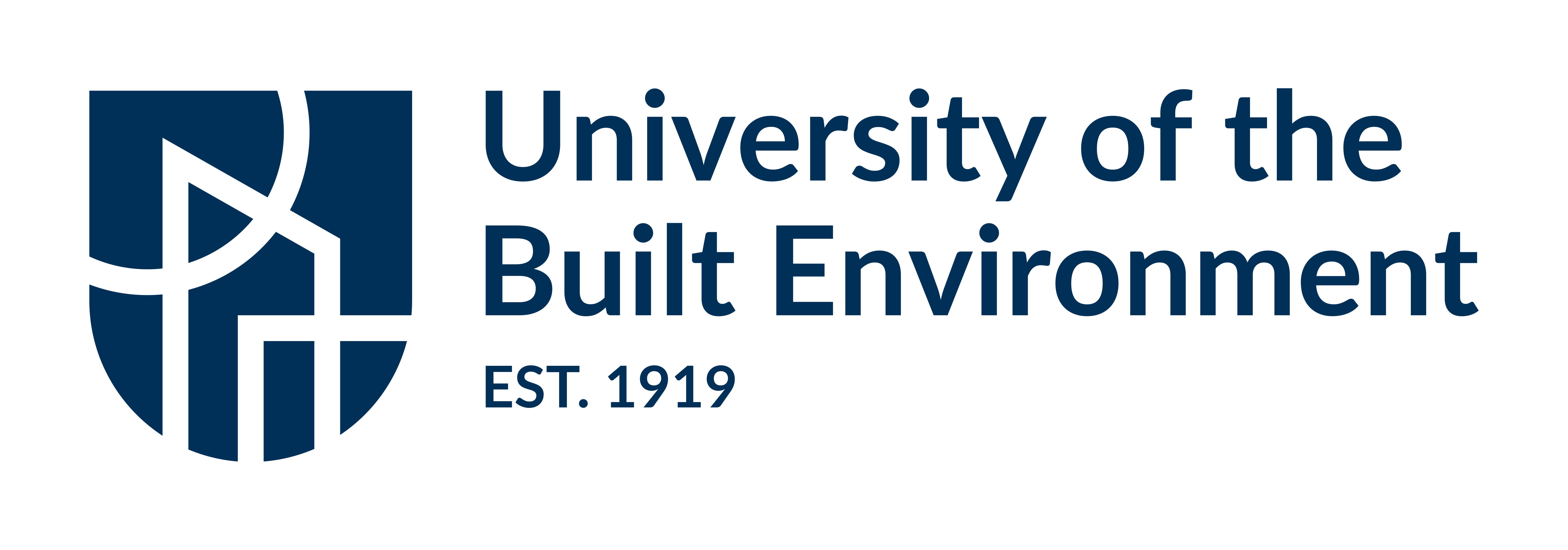Can multi-objective optimisation and generative design tools help facilitate more effective estates developments for future skills in the tertiary education sector following the SFC Coherence Review and the Scottish Government's Infrastructure Investment Plan?
Fleming, Marc (2024) Can multi-objective optimisation and generative design tools help facilitate more effective estates developments for future skills in the tertiary education sector following the SFC Coherence Review and the Scottish Government's Infrastructure Investment Plan? Masters thesis, University College of Estate management.
|
Text
Multi Objective Optimisation.pdf Download (2MB) | Preview |
Abstract
The Scottish Funding Council’s Coherence Review of Tertiary Education, published in 2020, reflected on the financial sustainability of the sector where greater collaboration between Colleges and Universities was identified. This coupled with the Scottish College of the Future Report in 2020 identifying similar financial concerns but with that, the opportunity to rationalise regional curriculum offerings to be more meaningful and creating a greater connected educational infrastructure, prompted the author of this architectural thesis to consider the coherence and rationalisation of Educational Estates. The Scottish Governments Infrastructure Investment Plan 2021/22 to 2025/26 identified needs assessments to predicate the commissioning of new campus buildings with maximising existing assets as well as co locating and repurposing facilities, preferred to the financing of new facilities. Furthermore the Scottish Government current annual spend on the tertiary education sector equates to £3.5bn cut by £33m from the previous financial year, giving a strong indication that capital expenditure for new campus developments will likely be a last resort. The author identified a Hypothesis that parametric design tools can be used to both collate data on existing facilities assets but also interconnect design objectives that can support needs assessments based on parameters deemed critical to the rationalisation of an exiting estate. The hypothesis worked on the principle of upscaling the parametric design tools in order to prepare a federated ecosystem of buildings, whereby asset utilisation in inter-regional facilities could potentially be aligned with regional skills needs, thus aligning with CSIC’s Future Skills Strategy, where centres of excellence and skills academy models are being proposed. Using visual programming via the Grasshopper plug in for Rhino, data sheets for Fife Colleges new Dunfermline Learning Campus allowed a generative model from Excel data to be created, giving a conceptual mass which was then bin packed to another Grasshopper component named Wallacei. This was to generate design permutations using pre-defined fitness objectives. Whilst the end results did not have the anticipated impact identified in the hypothesis, what was identified was the need for more user-friendly interfaces and beginning with the refinement of single fitness objectives prior to embarking on more ambitious multi objective optimisation workflows. Multi objective design tools can however, offer huge potential for the tertiary education sector to align physical estates with policy and curriculum planning tools to determine optimisation of regional facilities as well as supporting future needs assessments that are critical if investment for future infrastructure investments is sought from the Scottish Government. The ability to do so requires collaboration from stakeholders between centres. The East Central Scotland Colleges Collaboration provides that particular consortium of colleges the opportunity to begin this process through supplying an audit of one another’s estates infrastructure into a coherent data set to begin establishing workflows for both generative and multi objective optimisation design tools that can help plan for future needs assessments in a coherent manner, driving optimised estates utilisation for a sector and reducing unnecessary capital expenditure.
| Item Type: | Thesis (Masters) |
|---|---|
| Sustainable Development Goals: | |
| Keywords: | Multi Objective Optimisation, Parametric Modelling, Parametric Design, Wallacei X, Rhino 3D, Visual Programming, Future Skills, Estate Management, Generative Design, Scottish Funding Council, Grasshopper, Design Optimisation, Evolutionary Solver, Coherenc |
| Divisions: | School of the Built Environment > Research School of the Built Environment > Research > Sustainable Built Environment & Property Research Centre |
| Depositing User: | Marc Fleming |
| Date Deposited: | 29 Jan 2024 10:30 |
| Last Modified: | 11 Feb 2025 15:56 |
| URI: | https://ucem.repository.guildhe.ac.uk/id/eprint/103 |
Actions (login required)
 |
Edit Item |

